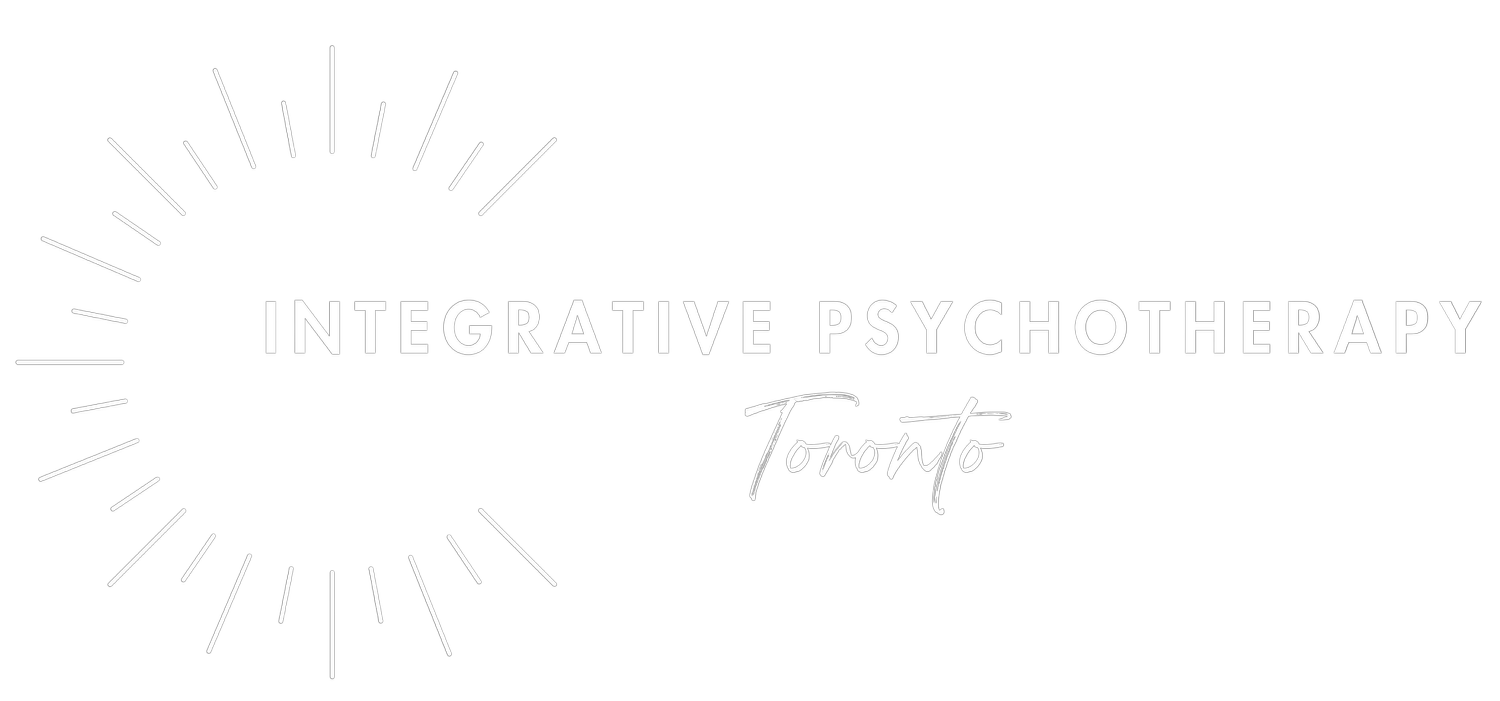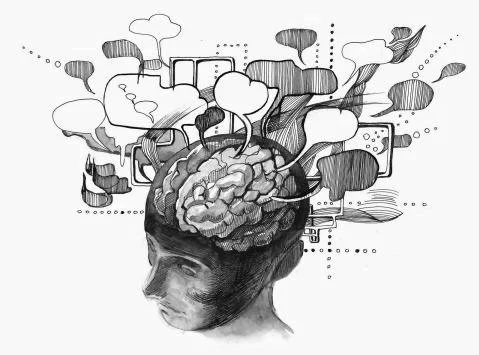Beyond Talk Therapy
When CHANGING THE NARRATIVE REQUIRES MORE THAN JUST A GOOD COPYWRITER
EMDR
Because you can’t think your way out of a feeling
Neurologically speaking, trauma is an information processing error in the brain.
Eye Movement Desensitization and Reprocessing (EMDR) is a technique that facilitates information processing in the brain. By activating parts of the brain that are involved in memory processing and consolidation, EMDR helps the brain to sort through the disorganization and make sense of the experience. When used during therapeutic reprocessing of a distressing experience, EMDR helps to integrate previously unprocessed information and resolve left-over emotional remnants.
Internal Family Systems
Because there’s no ‘I’ in ‘ME’
Despite thinking of ourselves as an “I,” neuroscience reveals that there is no single, homogenous “I” in our head - rather, that we’re mosaics; amalgamations of systems and parts.
Internal Family Systems and Ego State Therapy are built on this understanding and provide a way to access and work with not just the adult logical brain, but the emotional parts of ourselves that often hold the key to moving from insight to transformation, from "knowing" to "believing."
Somatic Psychotherapy
BECAUSE THE BODY REMEMBERS WHAT THE MIND FORGETS
Somatic psychotherapy is a nervous-system based approach rooted in the understanding that experiences are stored in the body, not just in the mind. Where as cognitive and analytical psychotherapy approaches often stay in the story that our mind has created about an experience, somatic techniques work with the experience itself, by engaging and working with felt-sense, directly accessing raw, unadulterated experience.
Somatic techniques help clients go beyond the thinking level of their experience to reprocessing it on an emotional and neurological level.
Deep Brain Reorienting
Because unprocessed shock inhibits healing
Shock is a physiological and neurochemical process that is always present at the “moment of impact” of trauma or emotional wounding. Unfortunately, it is notoriously difficult to treat, and often acts as a barrier to healing. When the shock of trauma, loss or deep emotional pain is untreated, the injury is unable to heal and the experience remains unprocessed.
Deep Brain Reorienting (DBR) is the first therapy to target shock and has been transformational in trauma treatment. DBR aims to access the core of the traumatic experience in a way that tracks the original physiological sequence in the brainstem, the part of the brain that activates in situations of danger or attachment disruption.
Mindfulness
Because ‘heal’ literally means ‘to make whole’
Mindfulness enables us to come fully and wholly into ourselves and our experience.
It is in wholeness that we are at ease, and it is in fragmentation that all suffering lives. Such fragmentation occurs because the totality was too much; too overwhelming, too painful, too threatening. Disconnection from that which is too much protects us. And it divides us.
In this way, all mental and emotional issues are ultimately issues of fragmentation; symptoms of disconnection from the totality of our being and from our capacity to be present with our experience.
Relational Psychotherapy
Because we’re wired to connect
Attachment is a biological imperative. As mammals, connection is not a ‘nice to have,’ it’s survival. A lone wolf is a sick wolf. We need each other, which is why acceptance and belonging are among our most basic needs.
We are formed in and through our connections, and we heal in and are transformed by our connections.
Rooted in psychodynamics and attachment theory, Relational psychotherapy honours that the therapeutic relationship is the container in which all healing occurs and emphasizes the role of an accepting, non-judgmental connection as the foundation for all deep work.







